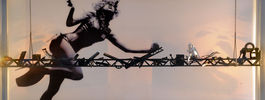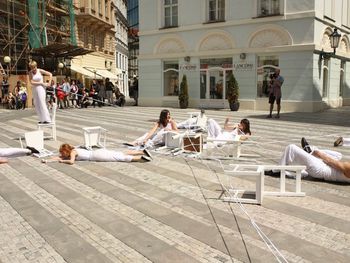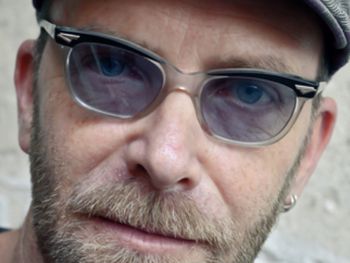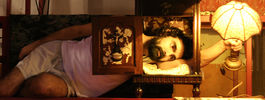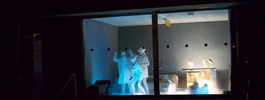

2003 » Belgium » National Exhibition
Belgium
The Theatre of Movement was among the sources of the renewal of stage design that took place in the Ttwentieth century, by way of its quest for new relationships between the audience and performers, in its materialisation and abstraction of what oc-curred on stage, and by relating the space to the movement. Since the experiments carried out by Emile Jacques-Dalcroze and Adolphe Appia in Hellerau (1911-14), there has been an unending process of innovation, from Oscar Schlemmer (Bauhaus) through Rudolf von Laban and Akaravo (betwoon the wars), to Trisha Brown and William Forsythe after the Second World War. Starting in tho ninotoon-oightios, architectural thinking has gained a foothold in movement theatre in Flanders too. Anne Teresa Do Koorsmaeckor's Mikrokosmos in the University Library in Ghent (a building by Henry Van de Velde) and Jan Fabre's eight-hour Theatre as was to bo oxpccted and foreseen were the pioneers in this respect. Such organisations as Klapstuk in Leuven and Do Bowooging in Antwerp stimulated this trend. What we would like to show at this PQ is how - after almost a century of experiment on architecture and movement - choreographers in Flanders today handle space. Performances rather than chore-ographers have been soloctod, on the basis of quality and variety. The emphasis is on the relationship between the space and tho choreography. The works exhibited demonstrate the way designers are able to conceive a high-quality scenic space that brings about a new and dynamic relationship between theme and character.
